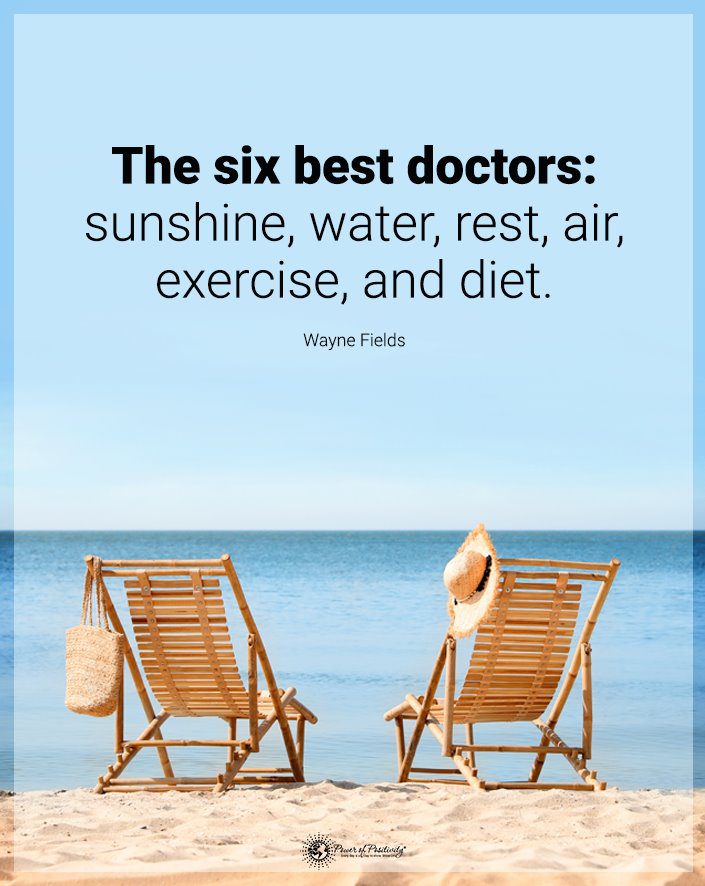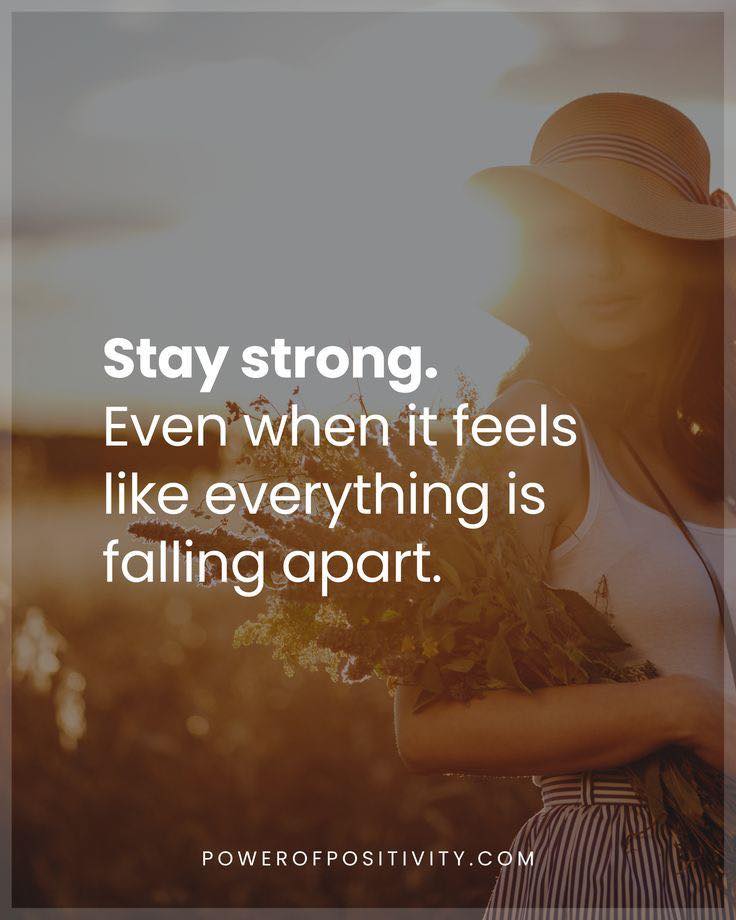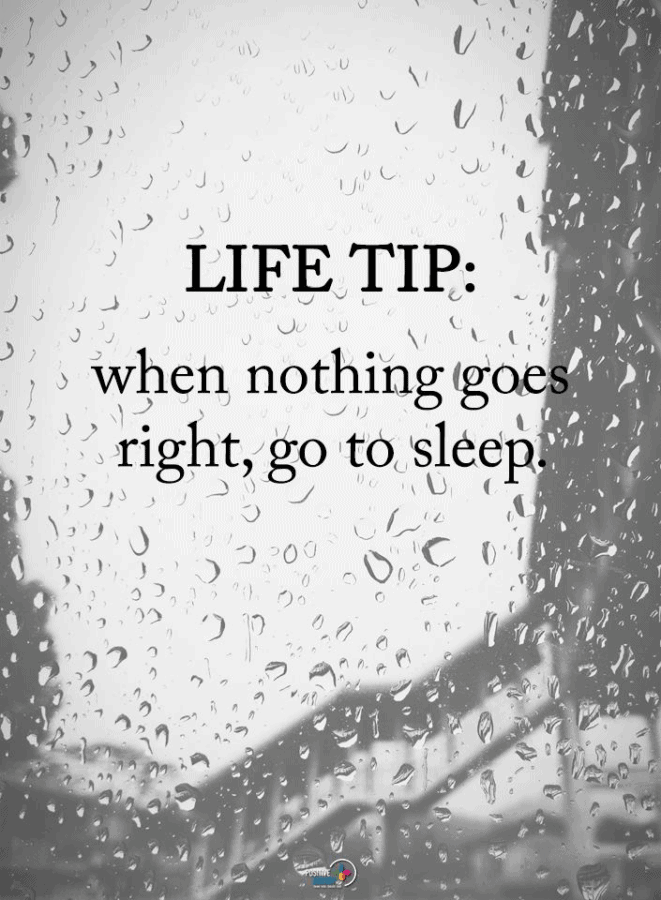When an unexpected medical emergency arises, being ready to respond can make a difference in the quality of care. In the case of minor wounds, considered the on tools you have in your bathroom, kitchen, or garden to help you heal and even stop the bleeding when necessary.
Of course, it’s important to keep safety in mind when administering first aid by treating yourself or someone else. When in doubt, seek the help of a medical professional. Furthermore, remember that first aid is only the first line of defense until you can arrange medical treatment.
Here’s how to stop bleeding immediately:
Typical first aid for an open, bleeding wound is to immediately apply firm, direct pressure to the wound. If possible, apply gauze or clean fabric to the wound and apply pressure to the cloth rather than contaminating the wound with a hand or other tool that is not sterile.
It is important to seek immediate medical attention if you have the following:
- Bleeding soaks through the fabric and cannot be stopped after ten minutes of firm, direct pressure
- Blood squirts in pulse beats
- The wound is in a major body part such as the head, neck, chest, abdomen, or groin
Here is a list of common household items that can help in a pinch:
- Cayenne Pepper. Sprinkle a generous amount of powdered cayenne on an open wound to help blood clot and close the wound faster.
- Geranium. An astringent styptic in the garden that helps wounds close quickly.
- Salt. Rubbing salt in a wound may sound like it would make things worse. But salt can absorb blood that can help an open wound to dry, close and heal faster. Salt is a disinfectant and can pull toxins from the open wound to prevent infection.
- Toothpaste. Dabbing toothpaste on a minor shaving cut has an astringent effect and can constrict blood vessels to help close the cut faster.
- St. John’s Wort. This garden herb is an antiseptic and antiviral which helps heal wounds.
- Witch Hazel. A natural astringent that helps stop the bleeding of minor cuts and scrapes and promotes healing by preventing infection.
- Yarrow. A poultice made from the fresh leaves of Yarrow acts as an astringent to speed the closure of wounds.
Going to the kitchen or garden for herbs may not be your first instinct in a medical emergency, but with this list of natural blood clotting agents, there will be a natural, herbal remedy just a cupboard away.
In the case of a minor wound to the surface layers of the skin, where stitches are not required to close a cut, a home remedy may be helpful to help quickly stop the bleeding. Here are a few ideas for home remedies to stop bleeding.
Styptic Sticks
Men who regularly shave with a straight razor know that they are more likely to knick the skin than they would if they used a safety razor. Often they will have a styptic (also spelled stiptic) stick in their shaving kits. This styptic stick looks like a short white lip balm and is sometimes called a styptic pencil. The stick must first be wet with water and is then applied directly to a cut. It stops the bleeding by sealing the skin.
Pet groomers also traditionally carry styptic sticks for minor bleeding when a pet’s nails are clipped too close to the quick. A styptic stick is applied to the nail where the cut was made to stop bleeding and quickly close the wound. After use, rinse the stick again to rinse away any remaining blood on the pencil.
These sticks are readily available at drug stores and also in the grooming section of pet supply stores. The active ingredient in styptic sticks is alum. Alum is frequently used in pickling recipes and is sold in stores that carry pickling supplies. Do you have the powdered form of alum on hand in your kitchen? You can apply it to minor cuts in place of the styptic stick.
Botanical Herbs
The ingredients in styptic pencils can be replaced with botanical herbs that you may have on hand in your garden or kitchen. The key ingredients in botanical styptics act as astringents, which cause blood vessels to constrict, thus reducing blood flow. Some herbal styptics are also antiseptic or disinfectant by nature, which promotes healing. For these herbal remedies, wash the wound prior to applying the treatment and then wash again after bleeding has stopped prior to dressing the wound with a bandage.
Poultice
There are many common spices in our pantry that can be made into a poultice to help quickly stop a bleeding wound. To make a poultice, combine fresh or dried herbs with hot water and apply directly to the skin or place between two layers of clean cloth before applying.
After the successful treatment of the wound and once the bleeding is under control, it is important to follow up with a health professional to make sure the wound was adequately cleaned to help prevent infection and other complications down the road.








